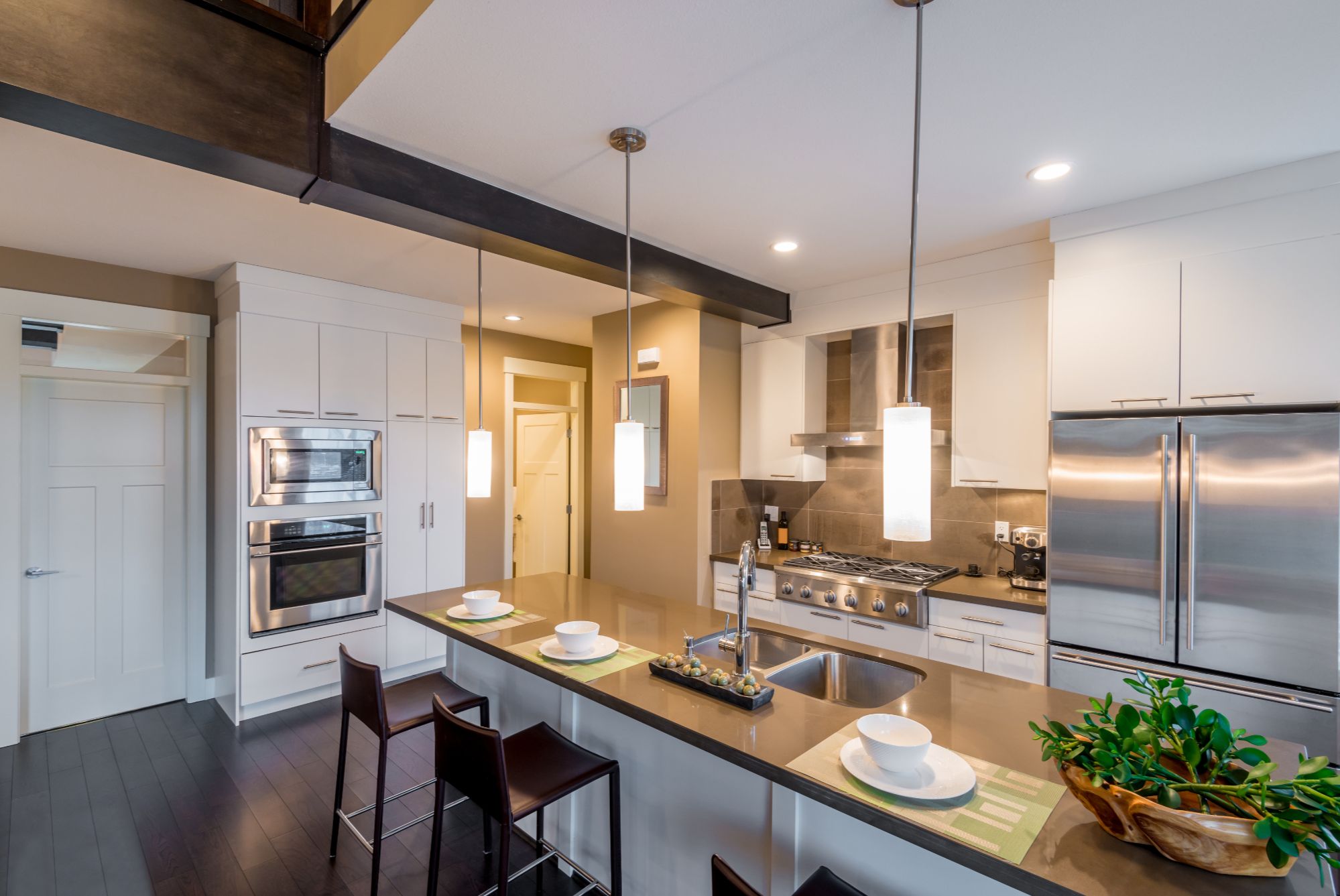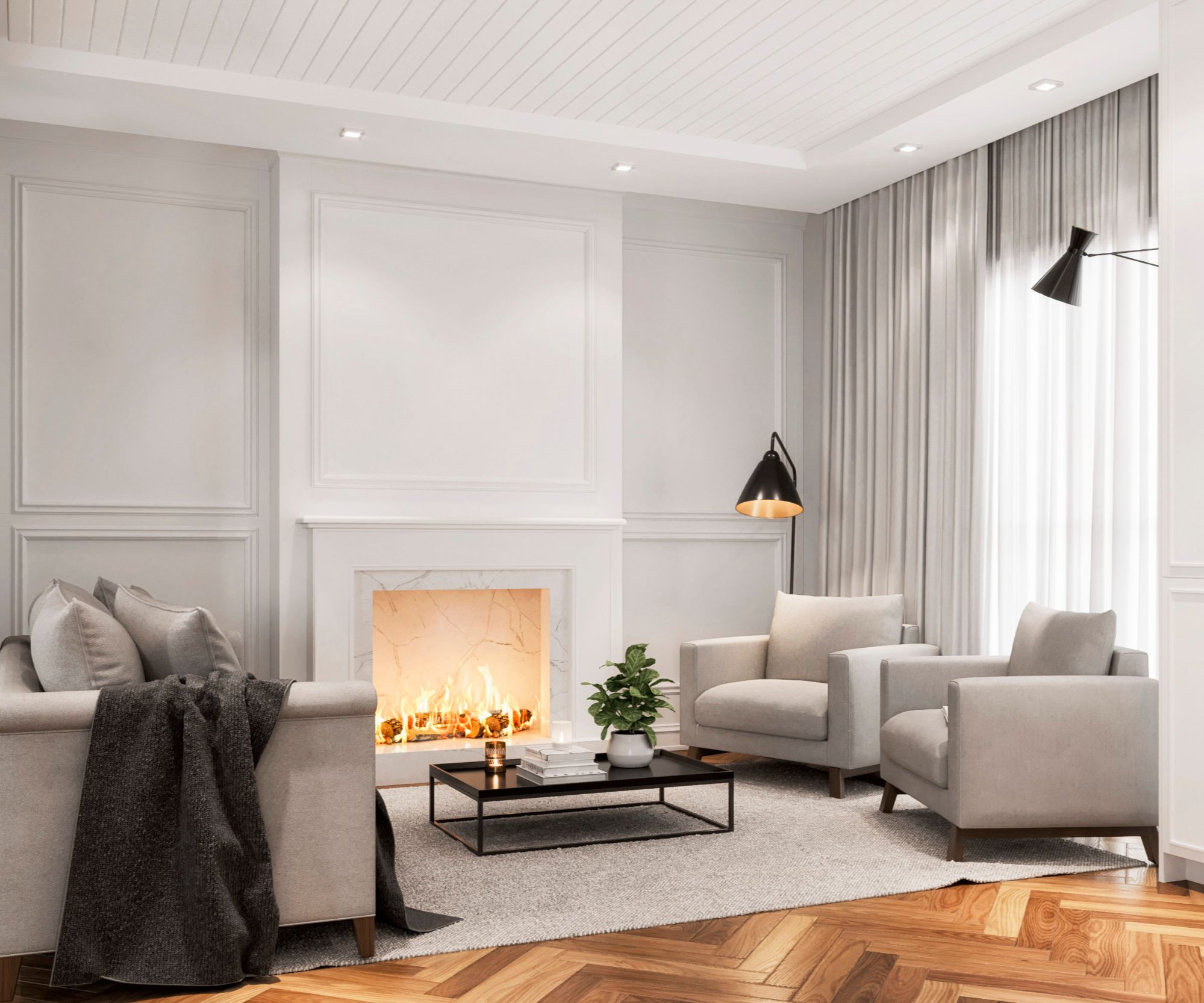The Difference Between a Fixture and a Chattel
What to Know About Fixtures and Chattels when Buying or Selling a Home
When you’re buying or selling a home, one of the most common areas of confusion is chattels. What exactly are they, and what makes them different from the permanent features of a property? Understanding this can help you avoid surprises during negotiations or closing.
What Are Chattels?
In real estate, chattels are items of personal property that are not permanently attached to the home or land. They can be moved without causing damage and are generally not included in the sale unless specifically written into the listing and Offer to Purchase.
Think of chattels as the “extras” that make a home more functional or convenient but aren’t fixed parts of the property.
Chattels in a Home
-
Kitchen appliances such as a fridge, stove, washer, and dryer
-
Window coverings like blinds or curtains
-
Portable air conditioning units
-
Light fixtures that are not hardwired
Chattels in the Yard
-
Patio furniture
-
BBQs or firepits (if not built in)
-
Portable sheds or greenhouses
-
Lawn equipment like a snow blower or lawnmower
Chattels in the Garage
-
Workbenches or shelving that isn’t permanently bolted down
-
Tool sets and storage units
-
Freezers or secondary refrigerators
What is a Fixture?
Anything that is permanently fixed to the home is considered part of the property, these are called fixtures. These stay with the home automatically, unless the seller specifically excludes them in the Offer to Purchase.
For example,
-
A built-in dishwasher is a fixture, while a portable dishwasher is a chattel.
-
A mounted light fixture is a fixture, while a plug-in lamp is a chattel.
-
A built-in fireplace is a fixture, while a portable electric fireplace is a chattel.
- Built in cabinets are a fixture, while a portable kitchen island is a chattel.
Examples Comparing a Chattel to a Fixture
Pools
-
Above-ground pool (movable) - Often considered a chattel.
-
In-ground pool - Considered a fixture since it’s permanently built into the property.
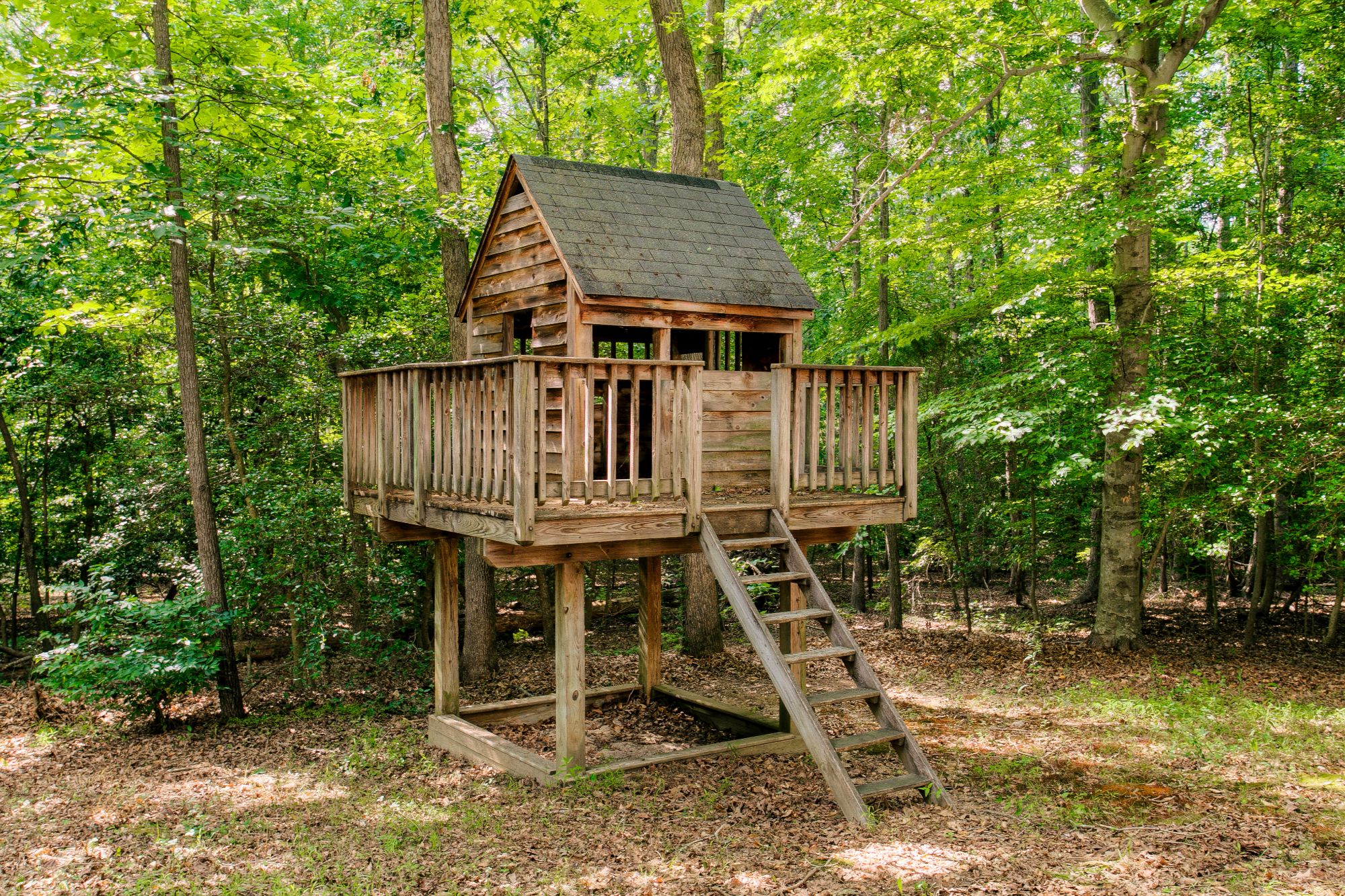
Play Structures
-
Portable play structures (like plastic slides, swing sets, or wooden playhouses that can be moved) are considered chattels.
-
Large, anchored structures (cemented into the ground or bolted in) are usually treated as fixtures because removing them would damage the yard.
Yard Fountains
-
Freestanding fountains (just set on the ground or plugged in) are Chattels, since they can be moved easily.
-
Built-in fountains (wired into the landscaping, plumbing, or cemented in place) are Fixtures, as they’re part of the property.
Why Chattels Matter in Real Estate
-
For sellers - Be clear about what you’re including in the sale. If you’re planning to take certain appliances or outdoor items, exclude them in your listing or disclosure.
-
For buyers - Don’t assume chattels come with the home. If you want the fridge, patio set, or garage freezer, make sure it’s included in the Offer to Purchase.
Chattels In the Property Listing (MLS®)
When a seller lists their home, they (with their REALTOR®) decide which chattels will be included with the sale. These will be in the public remarks on the MLS® listing and anything not listed is assumed to not be included.
-
Common examples - appliances (fridge, stove, dishwasher, washer, dryer), blinds, curtains, garage door opener remotes, sheds, play structures, or yard fountains.
-
The listing might say something such as, “Includes fridge, stove, washer, dryer, and window coverings.”
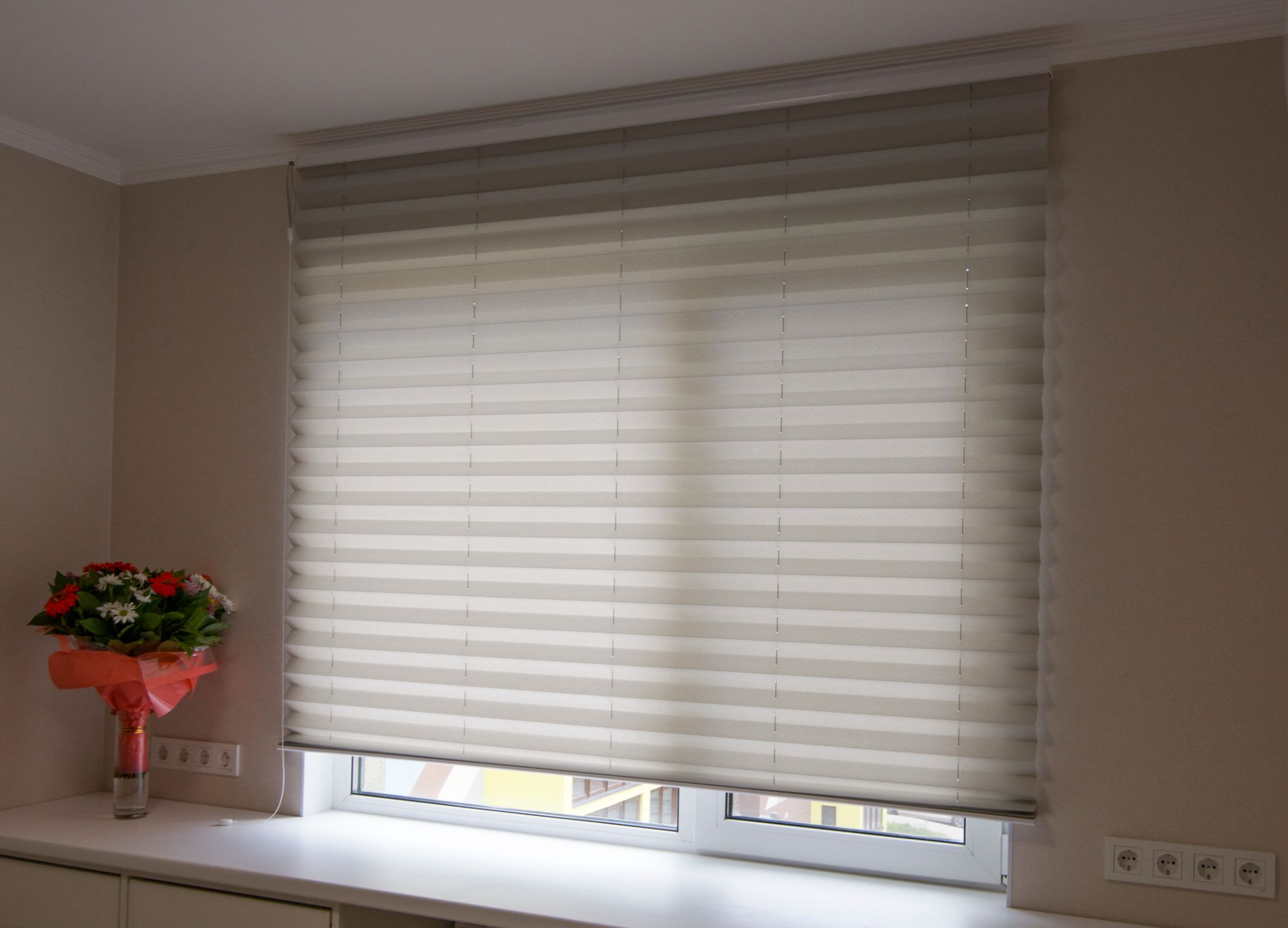
Chattels In the Offer to Purchase
When a buyer writes an offer, there’s a specific section in the standard Offer to Purchase form (used in Manitoba) where you list the chattels you expect to come with the home.
-
Example - “Included chattels: fridge, stove, dishwasher, washer, dryer, blinds, shed, play structure.”
-
If a chattel is not specifically written into the Offer to Purchase, it may not legally transfer with the property — even if it was shown in photos or during showings.
- Negotiation point - Sometimes buyers ask for additional chattels (like furniture or lawn equipment) to be included. These must be written clearly into the Offer to Purchase.
This matters because misunderstandings about what stays and what goes can lead to disputes at possession. By clearly stating all included chattels in the listing and Offer to Purchase, both buyers and sellers protect themselves.
Chattels can add real value to a property, but only if both sides agree on what’s included. Whether it’s an appliance in the kitchen, patio furniture in the backyard, or a tool bench in the garage, clarity is key. Always refer to the Offer to Purchase to ensure there are no surprises on possession day.
Tara Zacharias, REALTOR®
Categories
Recent Posts



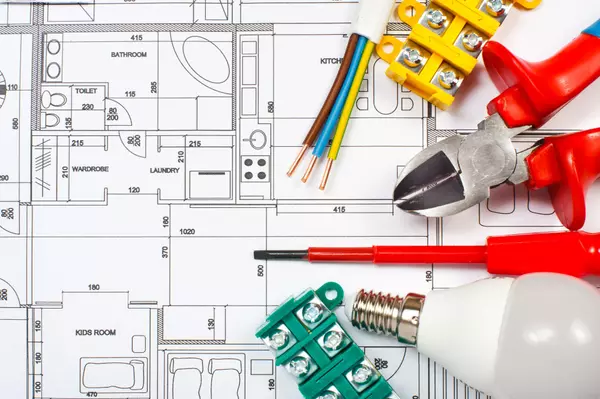


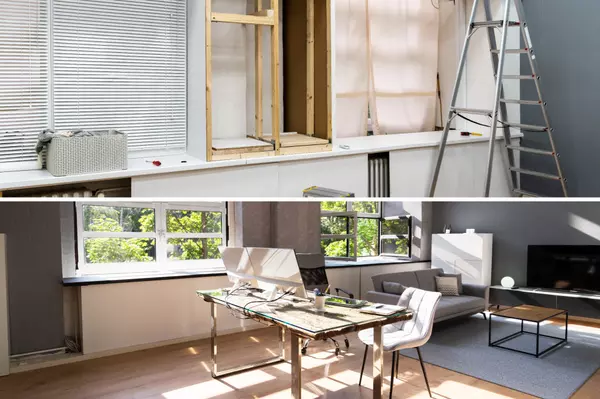



Leave a Reply
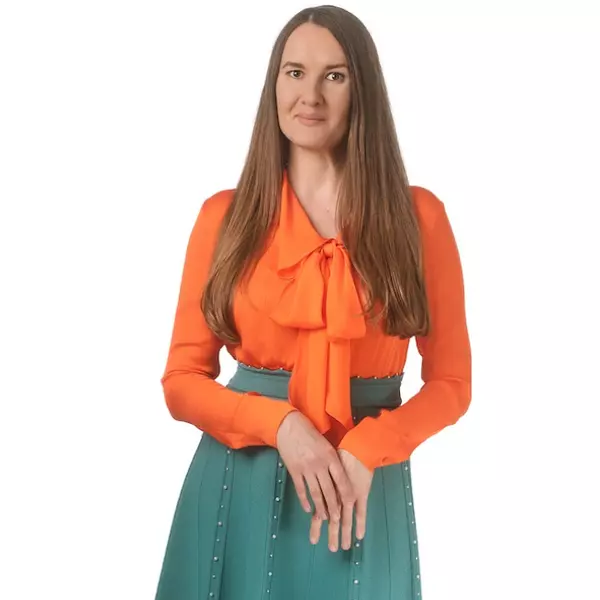 REALTOR®
REALTOR®I became a REALTOR® because I truly enjoy helping people find the place that feels like home and because providing exceptional service during such an important moment in someone’s life is something I genuinely care about. Supporting sellers as they move on, move up, or move forward is just as meaningful, and being part of that transition is something I’m grateful to contribute to.
I make the buying or selling journey feel organized and approachable with clear communication and practical guidance. With an approach supported by market data, trends, and neighbourhood insights, you'll always understand what’s happening and how to make the most informed decisions.
Whether you’re buying your first home, selling a place filled with memories, or planning your next step, I’m here as someone who listens, shows up, and puts your goals at the centre of every decision. I'm focused on what serves you best.
I'm Tara Zacharias, a real estate salesperson located in the vibrant city of Winnipeg. Thanks for stopping by and taking the time to get to know me!+1(204) 293-0933 tara@tarazacharias.com330 St Mary Ave, Winnipeg, MB, R3C 3Z5, CAN
https://tarazacharias.com/

